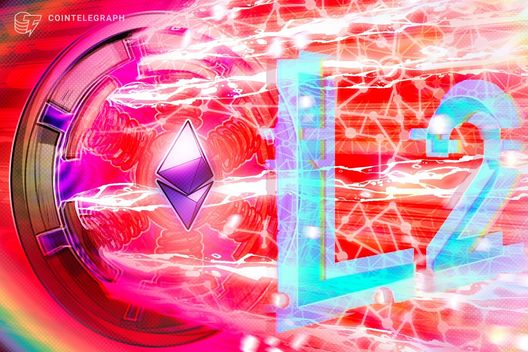In the ever-evolving world of cryptocurrency, the spotlight has turned to Ethereum layer-2 networks, thanks to sharp critiques from Anatoly Yakovenko, the co-founder of Solana. His recent remarks highlight significant security and centralization concerns that could impact the broader ecosystem.
Yakovenko’s insights come at a crucial time when Ethereum, one of the leading platforms for decentralized applications, is exploring various layer-2 solutions to enhance scalability and reduce transaction costs. However, his observations suggest that these improvements may come with trade-offs that could compromise the fundamental principles of decentralization and security that the crypto community values.
“While layer-2 solutions aim to facilitate faster and more efficient transactions, they must not sacrifice the core tenets of security and decentralization,” said Yakovenko.
As discussions around blockchain technology and its infrastructure become increasingly relevant, Yakovenko’s comments spark important conversations about the future of Ethereum and the effectiveness of its layer-2 solutions. With other projects like Solana offering different approaches to scalability, the landscape of blockchain technology continues to be dynamic and fast-paced.
This focus on security and decentralization is crucial as the blockchain space grapples with its growth and the implications of centralization on user trust and system resilience. Observers will be keen to see how Ethereum and its layer-2 solutions address these challenges moving forward.
Ethereum Layer-2 Networks Security and Centralization Issues
Key points from the article regarding the concerns raised by Anatoly Yakovenko:
- Glaring Security Issues:
- Layer-2 networks may have vulnerabilities that can be exploited, compromising user assets.
- Security measures may not be robust enough to protect against sophisticated attacks.
- Centralization Concerns:
- Many layer-2 solutions rely on centralized entities, which contradicts the decentralized ethos of blockchain technology.
- This centralization can lead to a single point of failure, making users vulnerable to potential manipulation or shutdowns.
- Impact on Users:
- Users may be at risk if they invest in projects that are built on these insecure layer-2 networks.
- The trust in Ethereum as a platform could be undermined, affecting user confidence and investment.
Understanding these issues is crucial for users to make informed decisions in their cryptocurrency investments and for developers to strengthen the ecosystem.
Analyzing the Security Concerns of Ethereum Layer-2 Networks
Anatoly Yakovenko’s recent insights into Ethereum’s layer-2 networks shed light on significant vulnerabilities that users and developers should consider. The centralization issues he highlights raise alarms about the potential risks for those operating within these frameworks. While Ethereum aims to improve scalability and reduce gas fees, these advantages may come at the cost of security, creating a precarious balance for users. In contrast, Solana, with its high throughput and lower centralization, positions itself as a safer alternative for developers seeking a more robust environment.
One competitive edge for Ethereum’s layer-2 solutions is their extensive ecosystem and strong community support, which fosters innovation. However, this reliance on broad participation can lead to a lack of uniform security measures and increased susceptibility to attacks. Conversely, Solana has emerged with a focus on decentralized governance, potentially attracting developers who prioritize security alongside performance.
This situation could particularly benefit larger enterprises looking for robust solutions with established networks, while smaller developers might face challenges if they do not adapt to these centralization concerns. The risks posed by Ethereum’s layer-2 networks could create barriers for less experienced users, who may find navigating these complexities daunting. The contrasting approaches of Ethereum and Solana illustrate the ongoing battle for dominance in the blockchain space, highlighting the importance of security as a key ingredient for success.














